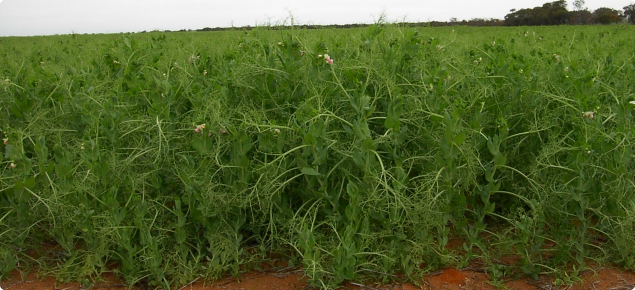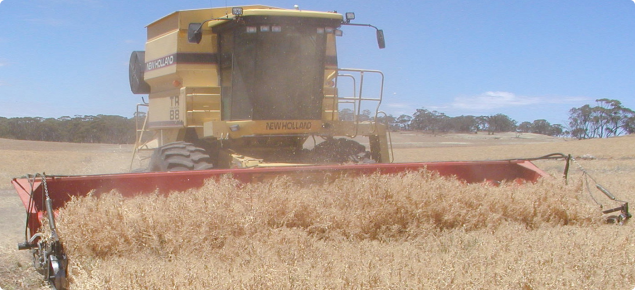Kaspa is well suited to areas receiving greater than 400mm average annual rainfall. It flowers about three to five days later than Parafield, but, pod development is rapid and it matures at about the same time as Parafield, (3-7 days earlier than Dundale). Kaspa, however, is more determinate than other field pea varieties and will not continue to flower and set pods as readily as other varieties after stress at podding (frost).
Preparation
Paddock selection
Select paddocks that have:
- Well drained loamy sands to clay loams with a pH of 4.5-9.0 (CaCl2)
- A soil structure and slope that allows good drainage
- Few rocks and roots and can be left relatively flat and even after sowing
- No sulfonylurea herbicide residues
- A low broadleaf weed burden
- A low frost risk
Don't grow field peas near last years field pea stubble or more often than one year in three in the same paddock to minimise risks of blackspot disease. Don't choose a paddock with a sandy surface prone to wind erosion and don't graze field pea stubble because it is fragile and does not provide good protection against wind erosion.


